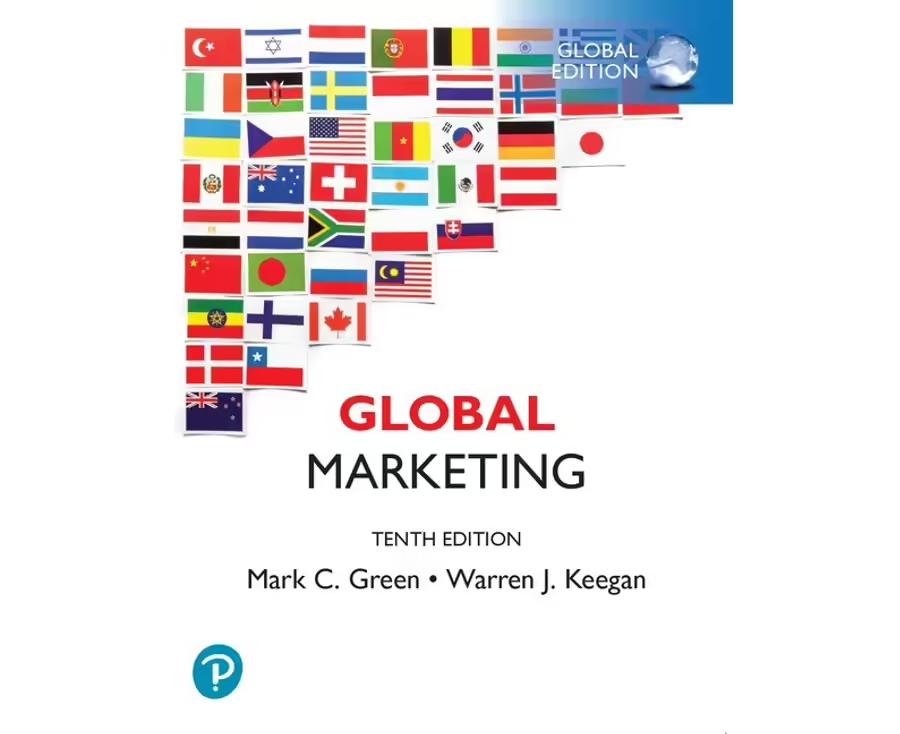LVMH Mot HennessyLouis Vuitton SA is the worlds largest marketer of luxury products and brands. Chairman Bernard
Question:
LVMH Moët Hennessy–Louis Vuitton SA is the world’s largest marketer of luxury products and brands. Chairman Bernard Arnault has assembled a diverse empire of more than 60 brands, sales of which totaled €42.8 billion (about $50 billion) in 2017.
Arnault, whom some refer to as “the pope of high fashion,” recently summed up the luxury business as follows: “We are here to sell dreams. When you see a couture show on TV around the world, you dream. When you enter a Dior boutique and buy your lipstick, you buy something affordable, but it has the dream in it.”
Decades ago, the companies that today make up LVMH were family-run enterprises focused more on prestige than on profit. Fendi, Pucci, and others sold mainly to a niche market composed of very rich clientele. However, as markets began to globalize, the small luxury players struggled to compete. When Arnault set about acquiring smaller luxury brands, he had three goals in mind. First, he hoped that the portfolio approach would reduce the risk exposure in fashion cycles. According to this logic, if demand for watches or jewelry declined, clothing or accessory sales would offset any losses. Second, he intended to cut costs by eliminating redundancies in sourcing and manufacturing. Third, he hoped that LVMH’s stable of brands would translate into a stronger bargaining position when managers negotiated leases for retail space or bought advertising.
Sales of luggage and leather fashion goods, including the 163-year-old Louis Vuitton brand, account for 30 percent of LVMH’s revenues. The company’s Selective Retailing group includes Duty Free Shoppers (DFS) and Sephora. DFS operates “travel retail” stores in international airports around the world; Sephora, which LVMH acquired in 1997, is Europe’s second-largest chain of perfume and cosmetics stores. Driven by such well-known brands as Christian Dior, Givenchy, and Kenzo, perfumes and cosmetics generate nearly 15 percent of LVMH’s revenues. LVMH’s wine and spirits unit includes Dom Perignon, Moët & Chandon, Veuve Clicquot, and other prestigious Champagne brands.
Questions
1. What were the possible risks of Louis Vuitton’s first-ever television advertising campaign?
2. In fall 2011, the euro/dollar exchange rate was €1 = $1.35. By spring 2015, the dollar had strengthened to €1 = $1.10. Assume that a European luxury goods marketer cut the price of an $8,000 linen suit by 10 percent when launching its spring 2015 collection. How would revenues have been affected when dollar prices were converted to euros?
3. Louis Vuitton executives raised prices in the late 2000s, and sales continued to increase. What does this say about the demand curve of the typical Louis Vuitton customer?
4. Compare and contrast LVMH’s pricing strategy with that of “accessible luxury” brands such as Coach.
Step by Step Answer:






